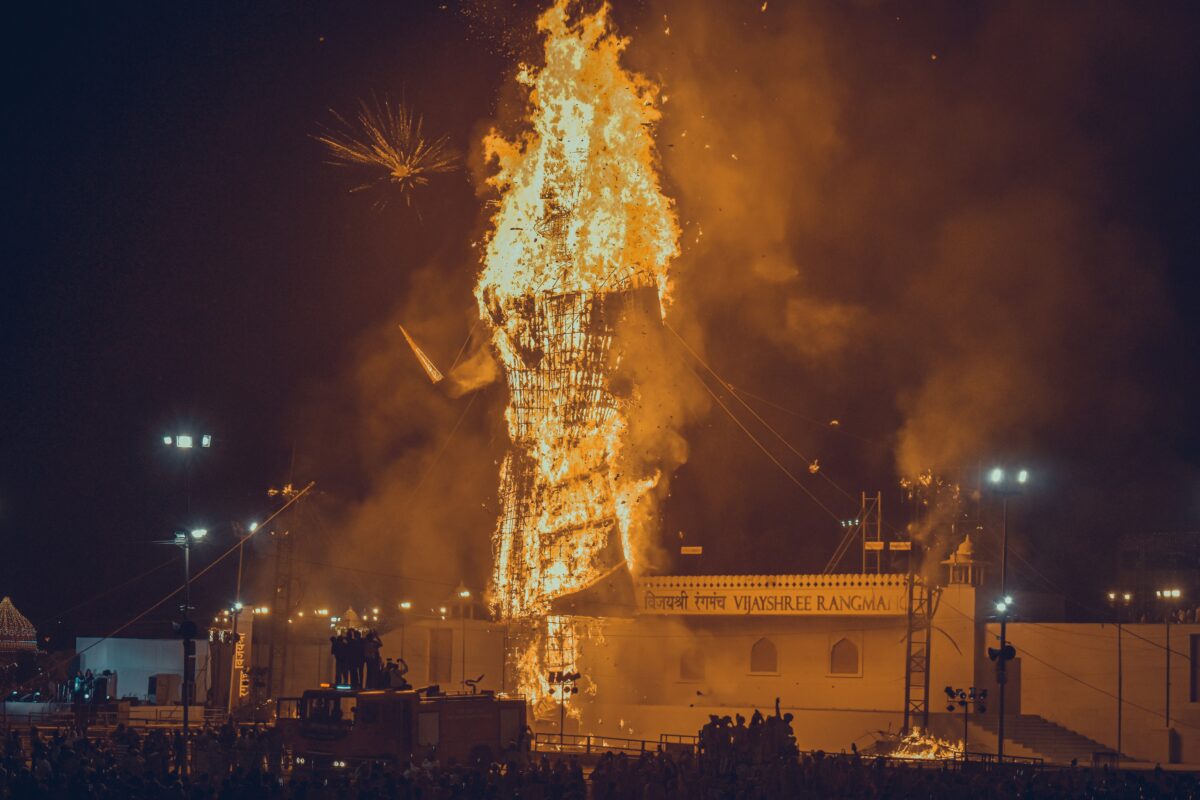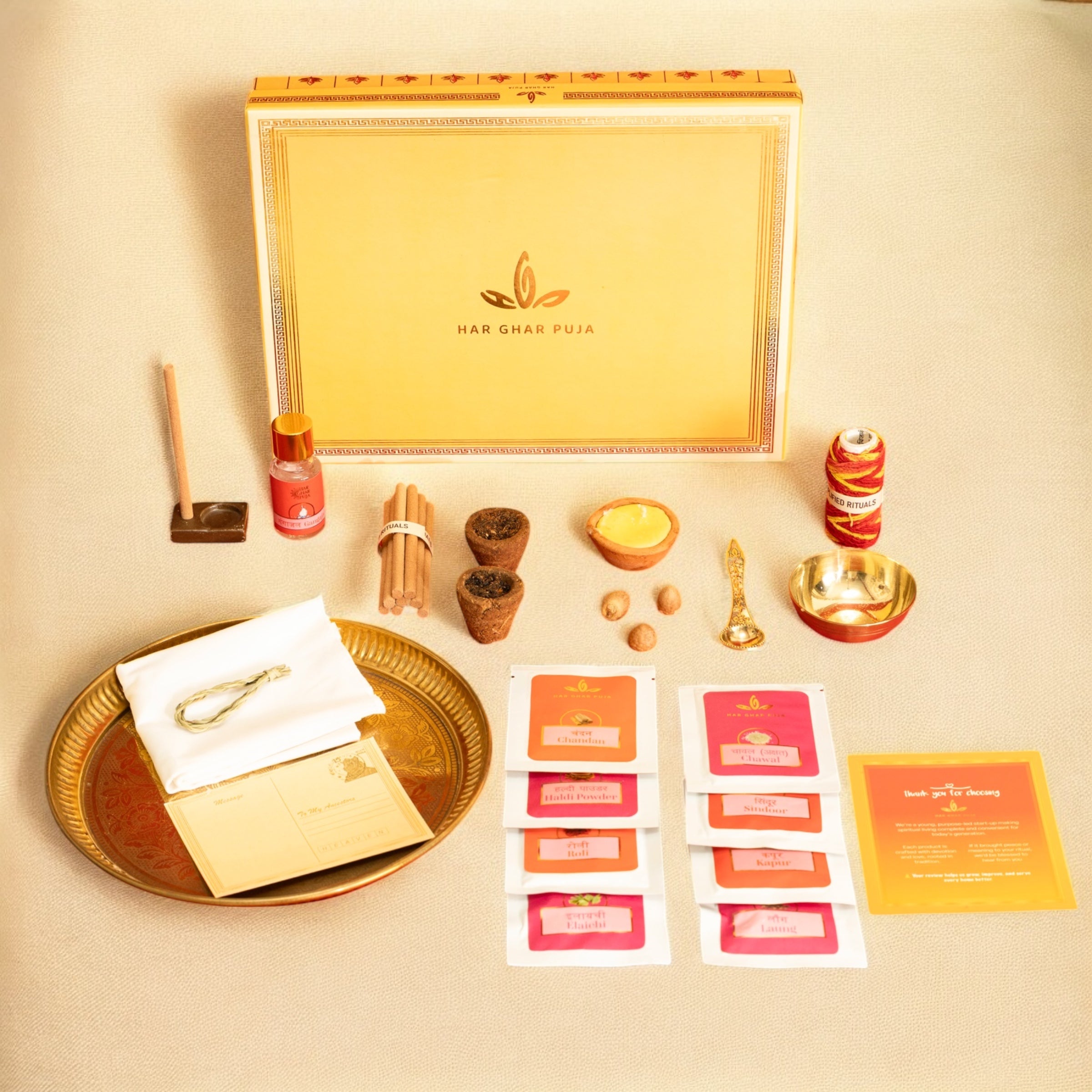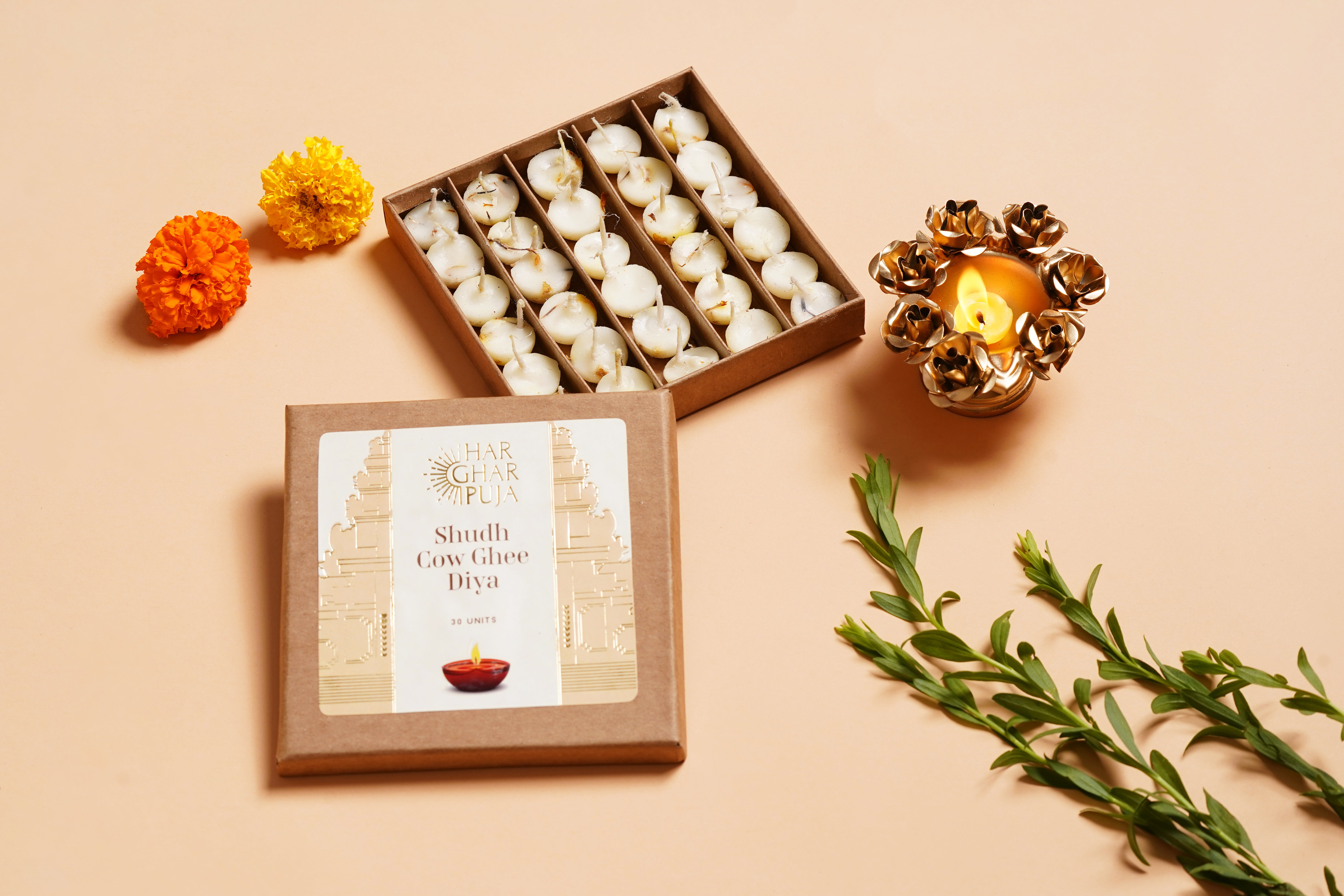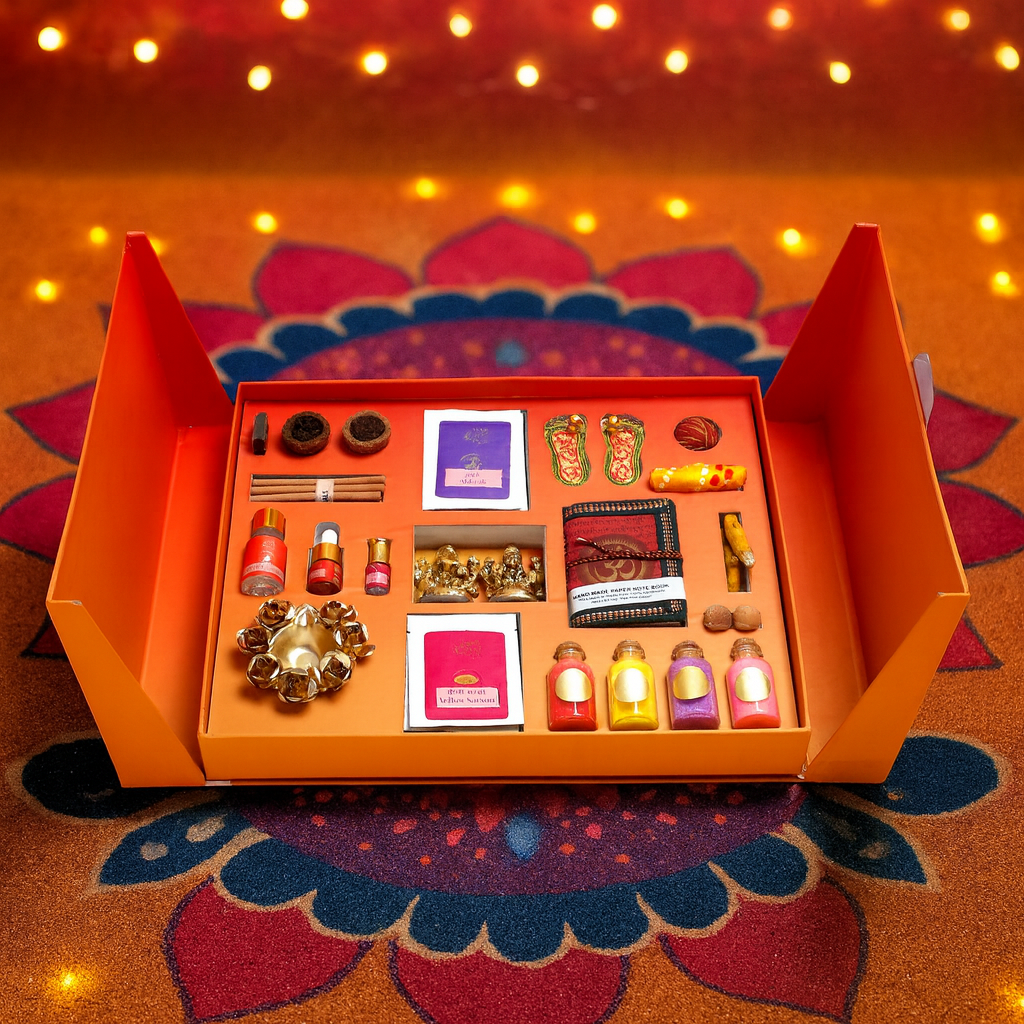Dussehra is celebrated with great enthusiasm on the day following the Sharadiya Navratri, also known as Vijayadashami. On this day, effigies of Ravana are burned, symbolizing the victory of good over evil. However, aside from burning Ravana’s effigy, many people also perform a ritual worship of weapons, known as Shastra Puja. This tradition of worshipping weapons has existed since ancient times in Hinduism and is still practiced today. Let’s explore the significance and reasons behind Shastra Puja on Dussehra.
Table of Contents
Different Religious Beliefs
According to religious beliefs, before Lord Rama defeated Ravana, he worshipped Goddess Durga on the seashore for nine days. After these nine days, he attained victory on the tenth day. Another belief is that Goddess Durga fought the demon Mahishasura for nine nights and ten days before finally defeating him. Afterward, the gods worshipped her weapons. Additionally, it is believed that the Pandavas performed Shastra Puja before heading to the Kurukshetra battlefield in the Mahabharata.

What to Do on Dussehra
On Dussehra, rise early and bathe during the auspicious time for victory. Then, place your weapons on a clean cloth, purify them with holy Ganga water, and perform their worship. Apply sandalwood paste and rice grains to them, and light a lamp while offering flowers and incense.
Importance of Shastra Puja
Shastra Puja, or weapon worship, symbolizes the respect for tools used to achieve victory over adversaries. Vijayadashami is celebrated on the tenth day of the Shukla Paksha in the month of Ashwin. The festival signifies the triumph of truth over falsehood and good over evil. The tradition of Shastra Puja has been passed down from ancient times and remains an important part of Vijayadashami celebrations.

Tradition of Shastra Puja
Dussehra is one of the main festivals of Hindus. On this day, Lord Rama defeated Ravana and rescued Sita from captivity, while Goddess Durga slew the demon Mahishasura, symbolizing victory. In earlier times, kings would perform Shastra Puja before heading into battle, seeking victory through divine blessings. This tradition of worshipping weapons is still observed, especially by the Kshatriya community. Families that possess ancient weapons celebrate Dussehra by worshipping them with devotion.

The day of Dussehra is considered very auspicious for warriors and the Kshatriya community. Many Kshatriya families also perform rituals for their family deities on this day. Some believe that the family deities reside within the ancient weapons kept in their homes, which are cleaned and worshipped on Dussehra.
Shastra Puja by the Indian Army
The ritual of Shastra Puja has its roots in ancient times when kings worshipped weapons to secure victory over their enemies. Similarly, the Indian Army performs Shastra Puja every year on Dussehra. The purpose of this ritual is to seek the blessings of the Goddess for protection at the borders.







